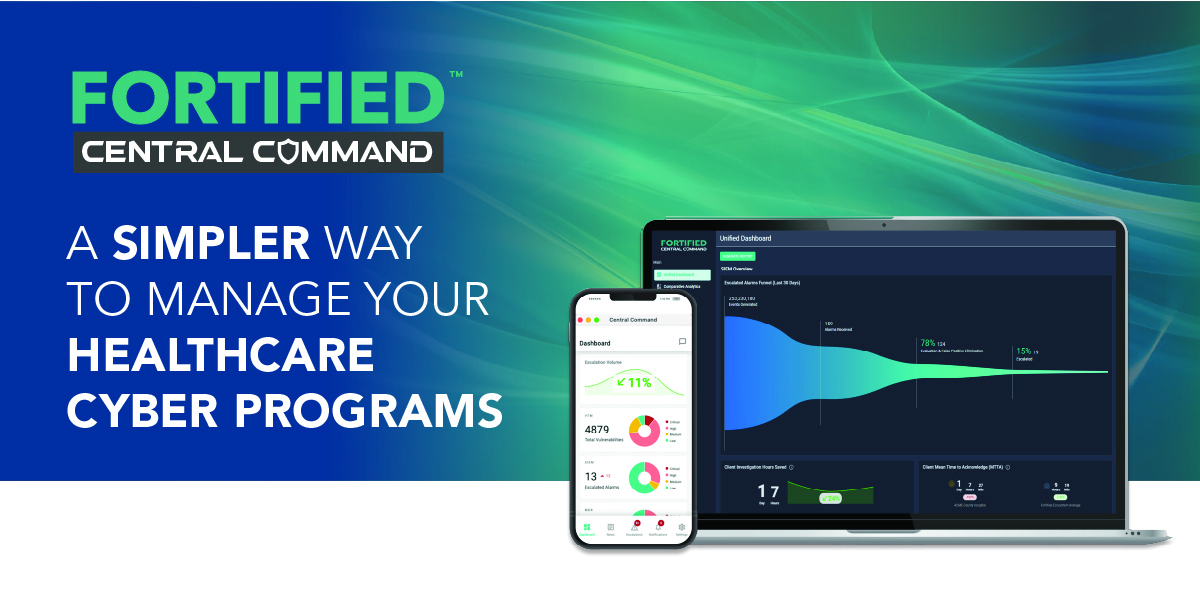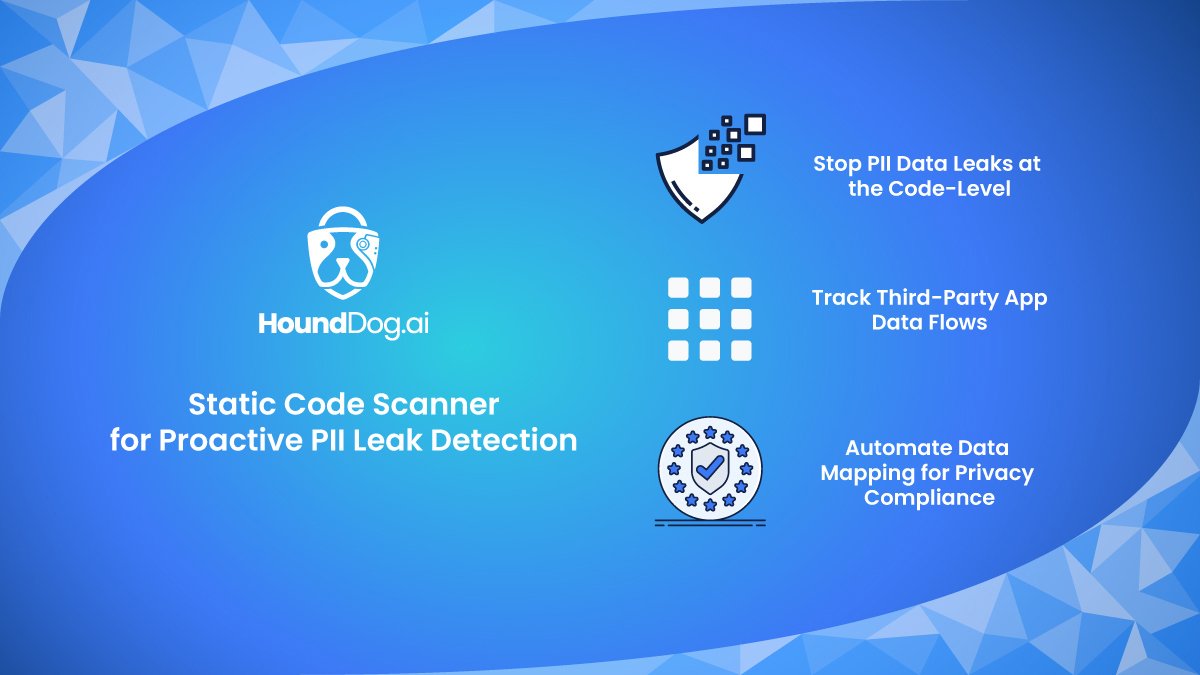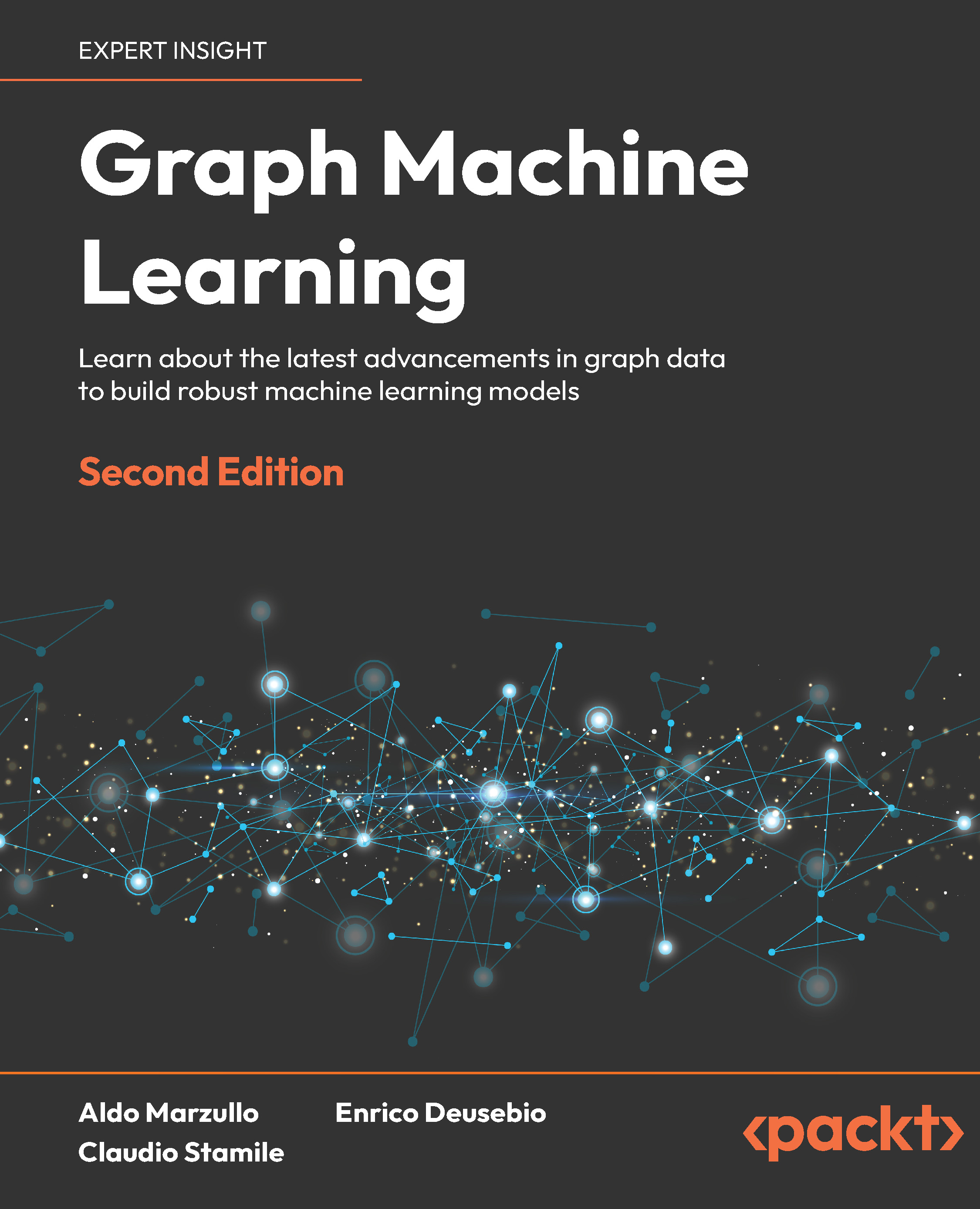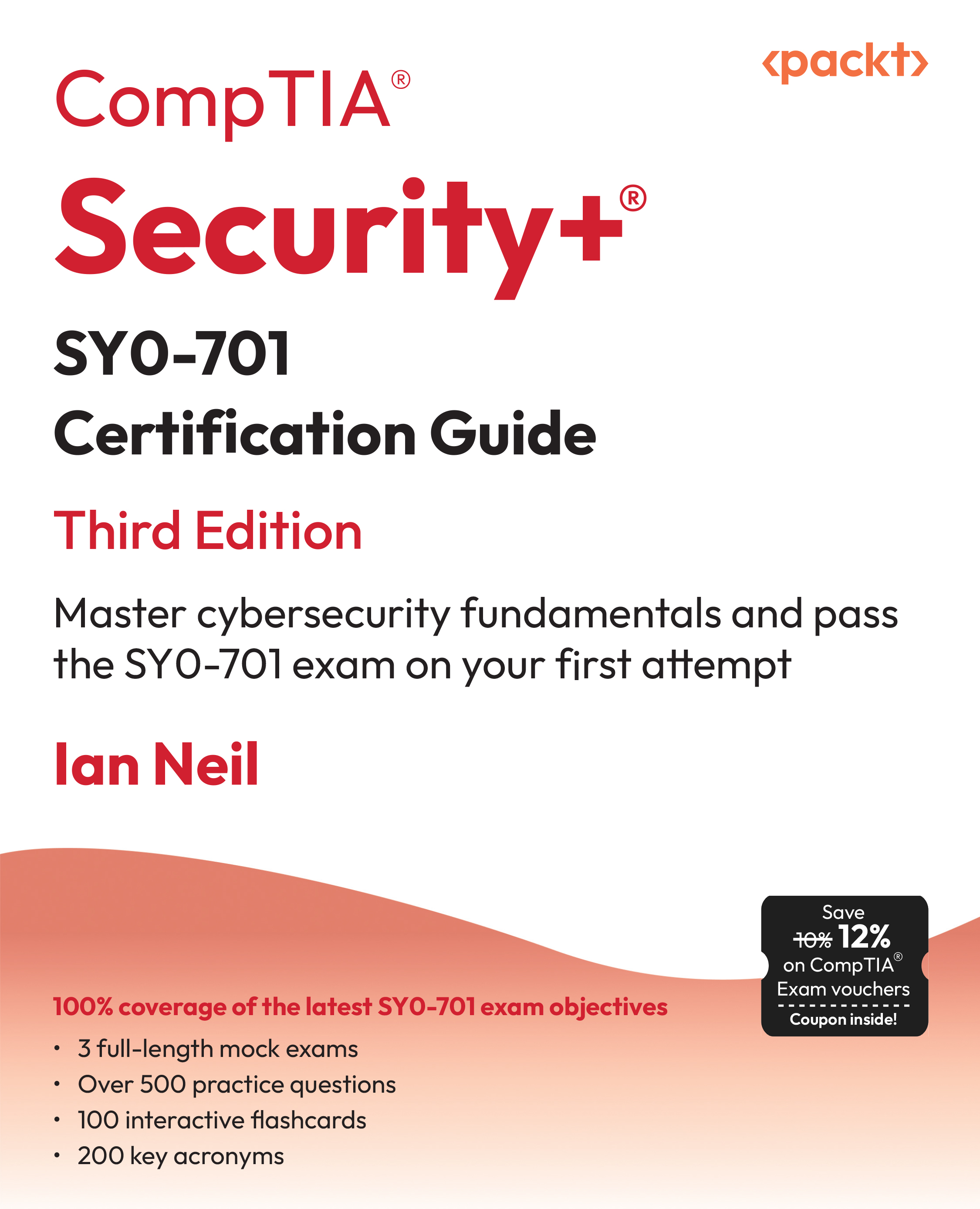❯❯❯❯ Don’t Manage Your Python Environments, Just Use Docker Containers: This blog explains how to manage Python environments using Docker containers to avoid dependency headaches and version conflicts. It provides a step-by-step guide for setting up a Docker-based environment, including creating a Dockerfile, building an image, and managing containers. Docker’s isolation ensures clean setups for multiple projects, allowing developers to share environments with ease.
❯❯❯❯ Using DeepSeek-R1 Locally: This blog introduces DeepSeek-R1, an advanced reasoning AI model that rivals OpenAI's performance on benchmarks like MMLU and Math-500. It guides you through setting up the DeepSeek-R1 Distill version locally using Ollama, Docker, and Open WebUI. You’ll learn how to run a model with a ChatGPT-like interface, perform tasks such as code generation and logical reasoning, and access it entirely offline without relying on cloud services.
❯❯❯❯ Coding with Qwen 2.5: An Overview: This blog introduces Qwen2.5, a powerful AI model series from Alibaba, designed to compete with top-tier models. It explores various applications like text generation, sentiment analysis, coding, and mathematical reasoning. The blog guides users through using Qwen2.5 locally with PyTorch, showcasing its capabilities.
❯❯❯❯ Data Wrangling in Rust with Polars: This blog explores Polars, a fast, memory-efficient data wrangling library built in Rust, designed for handling large datasets. It covers essential features like data filtering, aggregation, sorting, joining, and lazy execution. Polars offers superior performance and low memory usage compared to Pandas, making it ideal for big data tasks.
❯❯❯❯ 10 Advanced Python Tricks for Data Scientists: This blog introduces 10 advanced Python tricks every data professional should know, from using pandas_profiling for quick dataset summaries to applying f-strings for cleaner formatting. It also covers lambda functions, NumPy broadcasting, itertools, matplotlib subplots, and more to optimize data wrangling and machine learning workflows. These tricks will help make your code cleaner, faster, and more efficient.
❯❯❯❯ Deploy DeepSeek-R1 Distilled Llama models in Amazon Bedrock: This blog explores how to deploy DeepSeek-R1 distilled models using Amazon Bedrock Custom Model Import. It highlights the DeepSeek-R1-Distill-Llama-8B and DeepSeek-R1-Distill-Llama-70B models, which offer a balance between performance and efficiency. These models, derived from the larger DeepSeek-R1 family, are more cost-effective and faster for production deployments, making them ideal for businesses using Amazon Bedrock. The article walks through importing models from Amazon S3 and deploying them in a fully managed, serverless environment, eliminating infrastructure management and ensuring scalability.
 United States
United States
 Great Britain
Great Britain
 India
India
 Germany
Germany
 France
France
 Canada
Canada
 Russia
Russia
 Spain
Spain
 Brazil
Brazil
 Australia
Australia
 South Africa
South Africa
 Thailand
Thailand
 Ukraine
Ukraine
 Switzerland
Switzerland
 Slovakia
Slovakia
 Luxembourg
Luxembourg
 Hungary
Hungary
 Romania
Romania
 Denmark
Denmark
 Ireland
Ireland
 Estonia
Estonia
 Belgium
Belgium
 Italy
Italy
 Finland
Finland
 Cyprus
Cyprus
 Lithuania
Lithuania
 Latvia
Latvia
 Malta
Malta
 Netherlands
Netherlands
 Portugal
Portugal
 Slovenia
Slovenia
 Sweden
Sweden
 Argentina
Argentina
 Colombia
Colombia
 Ecuador
Ecuador
 Indonesia
Indonesia
 Mexico
Mexico
 New Zealand
New Zealand
 Norway
Norway
 South Korea
South Korea
 Taiwan
Taiwan
 Turkey
Turkey
 Czechia
Czechia
 Austria
Austria
 Greece
Greece
 Isle of Man
Isle of Man
 Bulgaria
Bulgaria
 Japan
Japan
 Philippines
Philippines
 Poland
Poland
 Singapore
Singapore
 Egypt
Egypt
 Chile
Chile
 Malaysia
Malaysia

















